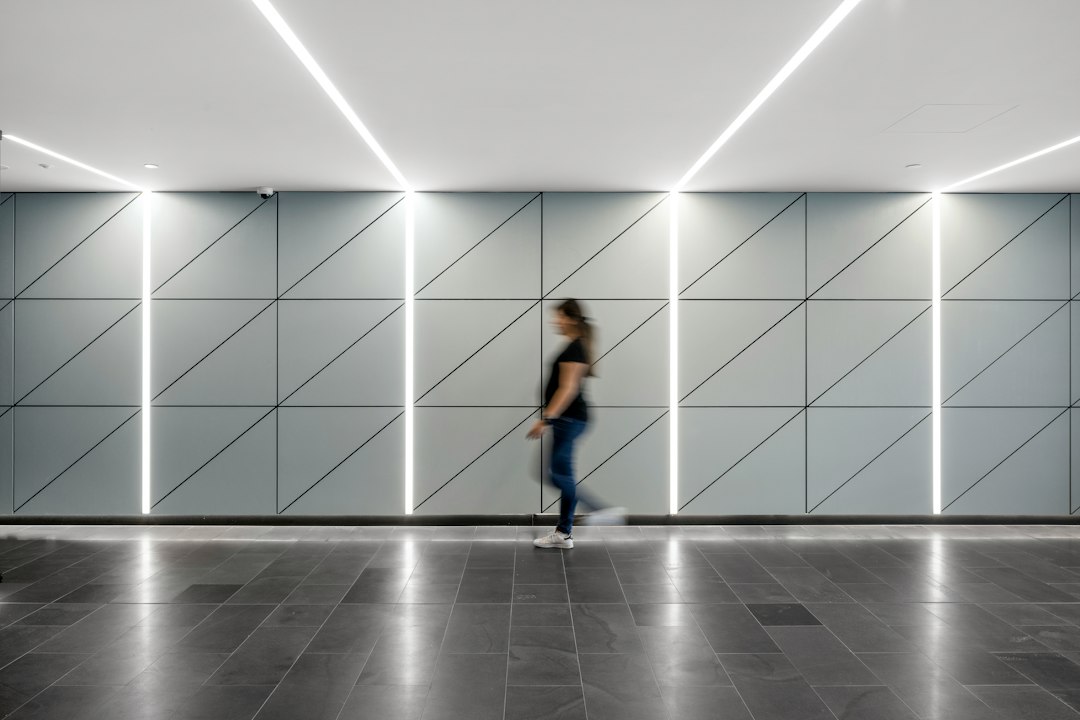The rise of sustainable housing: Innovations to consider
As the world becomes more conscious of the environmental impact of human activities, there has been a growing trend towards sustainable living. While many industries have adopted practices to reduce their carbon footprint, the housing sector has been at the forefront of this movement. Sustainable housing is gaining popularity, not only because it helps combat climate change, but also because it provides numerous benefits such as reduced energy costs and improved indoor air quality. In this blog post, we will explore the innovations in sustainable housing that are worth considering.
1. Passive design and energy efficiency: One of the key principles of sustainable housing is to minimize energy consumption. Passive design techniques, such as orienting the house to take advantage of natural lighting and using materials that provide effective insulation, can significantly reduce the need for artificial lighting and heating or cooling systems. Additionally, energy-efficient appliances and systems can be installed, including solar panels, LED lighting, and smart thermostats, to further minimize energy consumption.
2. Green roofs and walls: Green roofs and walls have gained considerable attention in recent years. By adding vegetation to the roof or exterior walls of a building, several benefits can be achieved. Green roofs provide natural insulation, reducing the energy required for heating and cooling the building. They also absorb rainwater, reducing the burden on stormwater systems. Moreover, green roofs and walls contribute to biodiversity, providing habitats for birds, insects, and other wildlife.
3. Recycled and sustainable materials: The choice of materials used in construction plays a crucial role in the sustainability of a building. Incorporating recycled materials, such as reclaimed wood or recycled plastics, reduces the demand for new resources and diverts waste from landfills. Additionally, sustainable materials, such as bamboo or cork, which have a lower carbon footprint and are renewable, can be used as alternatives to traditional materials like concrete or hardwood.
4. Water conservation strategies: Water scarcity is a growing concern worldwide, making water conservation practices crucial in sustainable housing. Installing low-flow fixtures, such as faucets and showers, reduces water usage without compromising functionality. Furthermore, rainwater harvesting systems can be implemented to collect rainwater for non-potable uses such as irrigation or toilet flushing. Graywater systems can also be integrated, treating and reusing water from sinks, showers, and laundry.
5. Smart home technology: The integration of smart home technology has revolutionized the way we live, making our houses more sustainable and efficient. Smart thermostats can learn our preferences and optimize energy use, reducing utility bills. Lighting and appliances can be controlled remotely, ensuring they are not left on when not needed. Additionally, smart energy monitoring systems provide real-time data on energy consumption, helping homeowners make informed decisions about their energy use.
6. Net-zero homes: Net-zero homes aim to produce as much energy as they consume over a year. Achieved through a combination of energy conservation measures and renewable energy generation, these homes often incorporate solar panels, wind turbines, or geothermal systems to offset their energy use. Additionally, advanced insulation and window technologies are used to minimize heat loss or gain. Net-zero homes are becoming increasingly popular as the cost of renewable energy technologies continues to decrease.
7. Modular and prefabricated construction: Modular and prefabricated construction techniques have gained momentum in the sustainable housing sector. These methods involve building sections of a house off-site and then assembling them on-site. The benefits of this approach include reduced construction waste, shorter construction time, and increased energy efficiency. Moreover, modular construction allows for flexibility in design and the use of sustainable materials, enhancing the overall sustainability of the building.
Conclusion:
The rise of sustainable housing is not just a passing trend; it is a vital response to the ecological challenges we face today. The innovations mentioned above are just a glimpse of what sustainable housing has to offer. By adopting these practices, we can create homes that are not only environmentally friendly but also economically advantageous. As the demand for sustainable housing continues to grow, it is essential for homeowners, builders, and policymakers to embrace these innovations to pave the way for a brighter, greener future.


